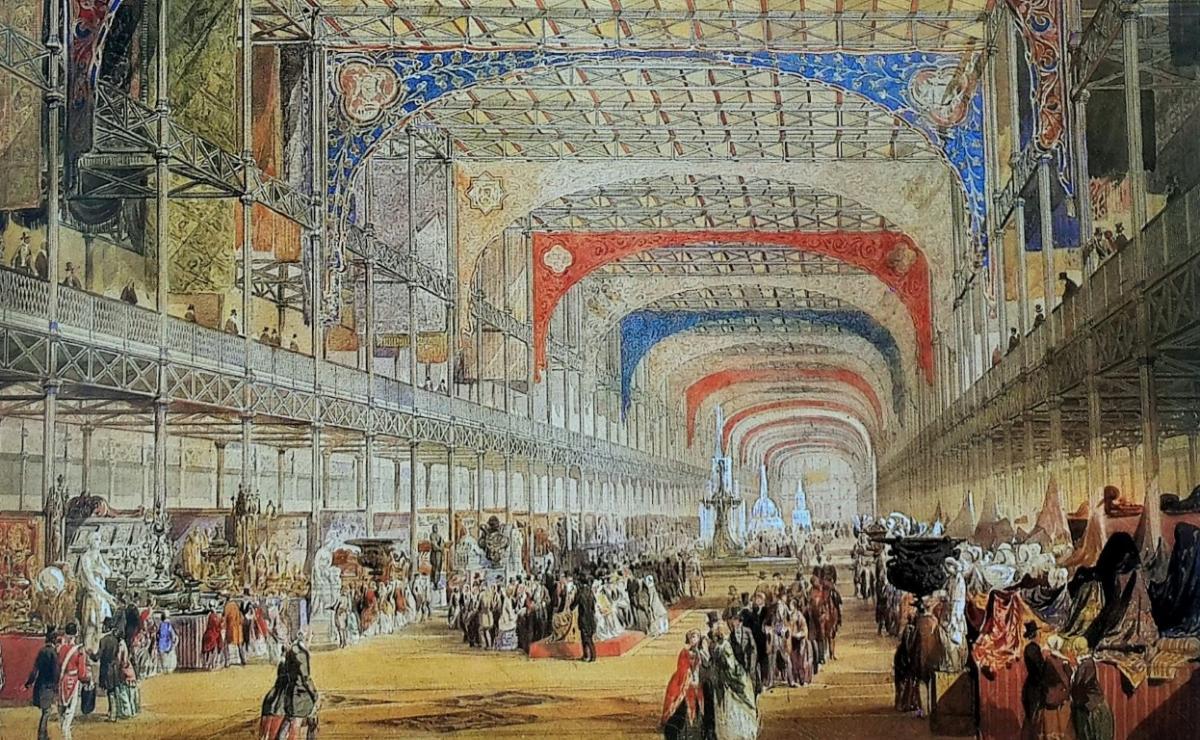The Cubist movement, one of the most revolutionary art movements of the 20th century, redefined the way we perceive and represent the world. Emerging in the early 1900s, Cubism challenged traditional artistic conventions by breaking objects into geometric shapes and presenting multiple perspectives simultaneously. Led by pioneers like Pablo Picasso and Georges Braque, this movement not only transformed visual art but also influenced literature, architecture, and design. This comprehensive guide explores the origins, key characteristics, major artists, and lasting impact of Cubism.
Origins of Cubism
Cubism emerged in the early 20th century, a time of rapid technological advancement and cultural change. The movement was born in Paris, the artistic capital of the world, where artists sought new ways to express the complexities of modern life. The roots of Cubism can be traced to the post-Impressionist works of Paul Cézanne, who emphasized geometric forms and multiple viewpoints in his paintings.
The term “Cubism” was coined by art critic Louis Vauxcelles in 1908, after seeing Braque’s landscape paintings, which he described as reducing everything to “geometric outlines, to cubes.” The movement quickly gained momentum, with Picasso and Braque leading the charge.
Key Characteristics of Cubism
Cubism is characterized by its radical approach to form, perspective, and representation. Here are some of its defining features:
- Geometric Abstraction: Cubist movement artists broke down objects into geometric shapes such as cubes, spheres, and cones, emphasizing their underlying structure rather than their realistic appearance.
- Multiple Perspectives: Instead of depicting objects from a single viewpoint, Cubist movement works present multiple angles simultaneously, creating a fragmented and dynamic composition.
- Flatness and Depth: Cubist movement paintings often flatten the picture plane, rejecting traditional techniques of perspective and shading. However, they also create a sense of depth through overlapping shapes and planes.
- Neutral Color Palette: Early Cubist movement works often used muted colors like browns, grays, and greens, focusing on form and structure rather than vibrant hues.
- Collage and Mixed Media: Later stages of Cubism incorporated collage techniques, using materials like newspaper clippings, fabric, and wood to add texture and depth to the artwork.
Phases of Cubism
Cubism evolved through distinct phases, each marked by unique stylistic developments:
- Proto-Cubism (1907–1909): This phase was influenced by Cézanne’s work and African art, particularly masks and sculptures. Picasso’s Les Demoiselles d ’Avignon (1907) is often considered the first Proto-cubist movement painting, with its fragmented figures and angular forms.
- Analytical Cubism (1909–1912): During this phase, Picasso and Braque deconstructed objects into intricate geometric shapes, creating complex, monochromatic compositions. Works from this period, such as Braque’s Violin and Candlestick (1910), are characterized by their muted colors and fragmented forms.
- Synthetic Cubism (1912–1914): This phase introduced brighter colors and collage techniques, incorporating real-world materials into the artwork. Picasso’s Still Life with Chair Caning (1912) is a prime example, featuring a piece of oilcloth printed with a chair caning pattern.
Major Artists of the Cubist Movement
- Pablo Picasso (1881–1973): Often regarded as the father of Cubism, Picasso’s innovative approach to form and perspective revolutionized modern art. His works, such as Guernica (1937) and The Weeping Woman (1937), remain iconic examples of cubist movement principles.
- Georges Braque (1882–1963): Braque was Picasso’s close collaborator and a key figure in the development of Cubism. His works, such as Houses at L’Estaque (1908), exemplify the movement’s emphasis on geometric abstraction.
- Juan Gris (1887–1927): Known for his precise and colorful compositions, Gris brought a unique clarity and structure to Cubism. Works like The Sunblind (1914) showcase his mastery of the style.
- Fernand Léger (1881–1955): Léger’s version of Cubism, often called “Tubism,” emphasized cylindrical forms and industrial themes. His painting The City (1919) reflects his fascination with modern urban life.
Influence and Legacy of Cubism
Cubism’s impact extended far beyond the art world, influencing a wide range of disciplines and movements:
- Modern Art: Cubism paved the way for other avant-garde movements, such as Futurism, Constructivism, and Surrealism. Its emphasis on abstraction and multiple perspectives challenged artists to rethink traditional forms of representation.
- Architecture: Architects like Le Corbusier and Walter Gropius drew inspiration from Cubism’s geometric forms and fragmented planes, incorporating these elements into modernist buildings.
- Literature: Writers such as Gertrude Stein and Guillaume Apollinaire experimented with fragmented narratives and multiple viewpoints, reflecting cubist movement principles in their work.
- Design and Fashion: Cubism’s bold shapes and patterns influenced graphic design, furniture, and fashion, with designers like Sonia Delaunay creating vibrant, geometric textiles.
Conclusion
The Cubist movement was a groundbreaking force in the history of art, challenging conventional notions of representation and opening up new possibilities for creative expression. By breaking down objects into geometric forms and presenting multiple perspectives, Cubist artists like Picasso, Braque, and Gris redefined the way we see and interpret the world.
Today, Cubism remains a cornerstone of modern art, its influence evident in everything from architecture to fashion. As we continue to explore and reinterpret its principles, the legacy of Cubism serves as a testament to the power of innovation and the enduring impact of artistic vision. Whether you’re an art enthusiast or a casual observer, delving into the world of Cubism offers a fascinating glimpse into one of the most transformative movements in art history.




